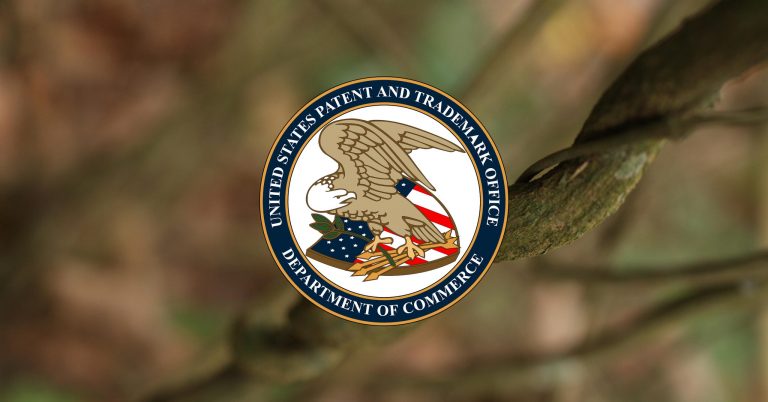Contents
In 1981, a person named Loren Miller, who was the director of the California-based International Plant Medicine Corporation, who took a sample of the Holy Banisteriopsis Caapi Vine proceeded to patent as a new type of Plant variety called Da Vine, and obtained exclusive rights to sell and breed the “Plant” in 1986. It took ten years for Amazonian indigenous people to become aware that their “Sacred and Holy Vine” had been patented in the U.S. under patent law. By 1998, Miller had received many requests from indigenous groups to surrender the patent, which he ignored and declined.
Finally, the Coordinating Body for Indigenous Organizations of the Amazonian Basin (COICA), which represents about 400 indigenous groups from eight countries, took action and declared Miller as a ‘biopirate’ and banned his entry to indigenous regions of the Amazons. Rodolfo Asar, Communications Director of COICA said “Our goal is to have the Ayahuasca patent annulled, and to teach all international biopirates a lesson.”
- COICA declared miller as Enemy of Indigenous people of Amazons
- Miller would not identify the name of the community from Ecuador which gave him the sample of the Holy Banisteriopsis Caapi Vine, to protect from COICA, which he called a terrorist organisation.
- COICA challenged the patent, claiming it has been ‘improperly’ issued at the PTO with the help of two Washington-based organisations, the Center for International Environmental Law and the Coalition for Amazonian Peoples and their Environment.
- Miller’s argument was that he had invented a new variety of “Plant”, although a similar specimen was in display in the U.S. at Chicago’s Field Museum at least a year before he applied for a patent.
- The Plant Patent Act of 1970 protected growers breeding new varieties and requires the person requesting the patent to be the original breeder. However, as the Holy Banisteriopsis Caapi Vine was known to be widely used throughout the Amazons, and as botanical experts said the patent “Plant” was exactly the same as the natural variety, it was not eligible for a patent as Miller cloud not claim to have been the ‘inventor’ of the “Plant”.
- The PTO accepting the argument of the Indigenous people of Amazons, nullified the patent awarded to Miller.
- However, the PTO did not acknowledge the argument that the religious ‘value’ of the Holy Banisteriopsis Caapi Vine called for an exception from patenting, and thus, when Miller submitted new evidence and arguments that ‘his’ version of the “Plant” was different from the “Plant” on display at the Chicago Museum, on April, 2001 the PTO reversed its earlier rejection and issued a certificate allowing patent to stand for the remaining two years of its term for Miller.
- However, Millers patent only protected him for a specific genome and its asexually reproduced progeny – i.e. it was an exclusive right for only the specimen of the Holy Banisteriopsis Caapi Vine he had and not any other ‘specimens’ of the Holy Banisteriopsis Caapi Vine, even with identical appearance.
Conclusion
Even after all these efforts of Miller, he had only two years of the patent, as a patent applied for before 1995 expired seventeen years from date it was originally issued.
On 17th June, 2003, Miller’s patent expired without possibility for any renewal.
Reference
- Beyer S. V., 2009, Singing to the Plants: A Guide to Mestizo Shamanism in the Upper Amazon, University of New Mexico Press, USA.


